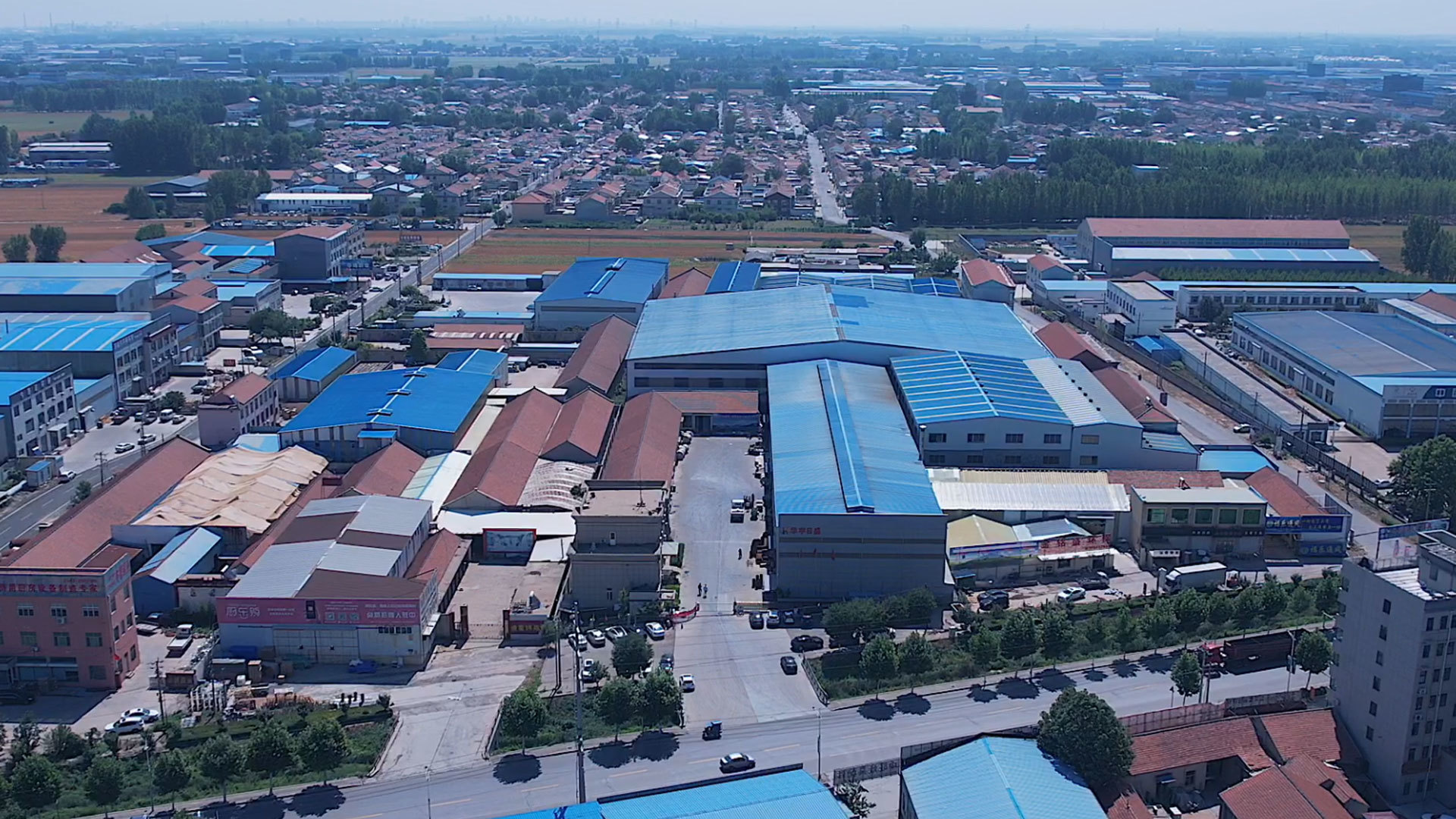What are the anti-corrosion characteristics of galvanized sheet
2021-11-12
What are the anti-corrosion characteristics of galvanized sheet
When galvanized sheet is exposed to air, several types of conditions occur, such as dry, wet and cold, and wet etching.
Dry corrosion of galvanized sheet means that the steel surface in ambient air with an air humidity of less than 30% will not produce continuous electrolyte water film corrosion. In this case, the corrosion rate of steel is relatively slow. However, this natural environment standard is relatively rare.
The wet-cold corrosion of galvanized sheet refers to the corrosion of steel in ambient air with an air humidity greater than 30% and less than 100%. In this case, there will be dust on the steel surface and micropores and gaps in the rust layer, resulting in microscope absorption and invisible shrinkage water. The principle of primary battery is produced under the action of shrinkage water, and its corrosion rate is relatively fast.
Wet corrosion of galvanized sheet refers to the corrosion of galvanized sheet when there is solidified shrinkage water on the surface of galvanized sheet in a wet and cold environment where the air humidity exceeds 100%. In this case, the surface layer of steel shrinks and the water thickens. Therefore, the rate of oxygen diffusion to the surface of the steel layer after melting is relatively slow, thereby reducing the corrosion rate. In fact, the corrosion of steel is closely related to the shrinkage of the surface layer between the two. It is also due to the presence of water that carbon dioxide melts in the water, which makes iron produce a weak electrolyte and produces a series of weak electrolyte reactions.
The carbon dioxide in the gas continues to melt into the water and the reflection continues. Since the key product of reflection is bright red, the iron-air oxidized substance is often called "red rust". Red rust is very loose and easily melted. Galvanized sheet cannot keep the surface of steel from being corroded, thus promoting the corrosion of steel until it is completely corroded. It is characteristic of steel. Therefore, steel must be coated with other metal materials or the thickness of the protective layer of metal materials to avoid steel corrosion.
Related News






